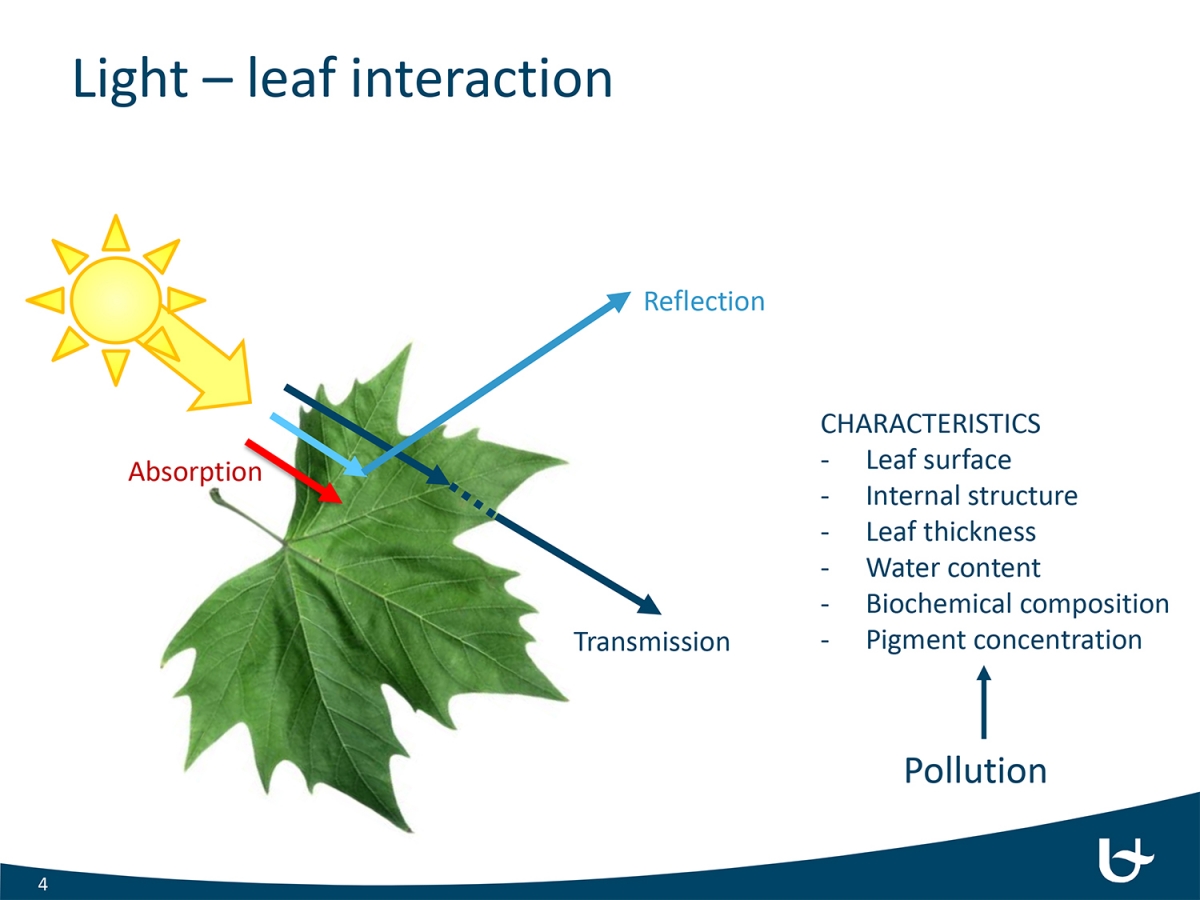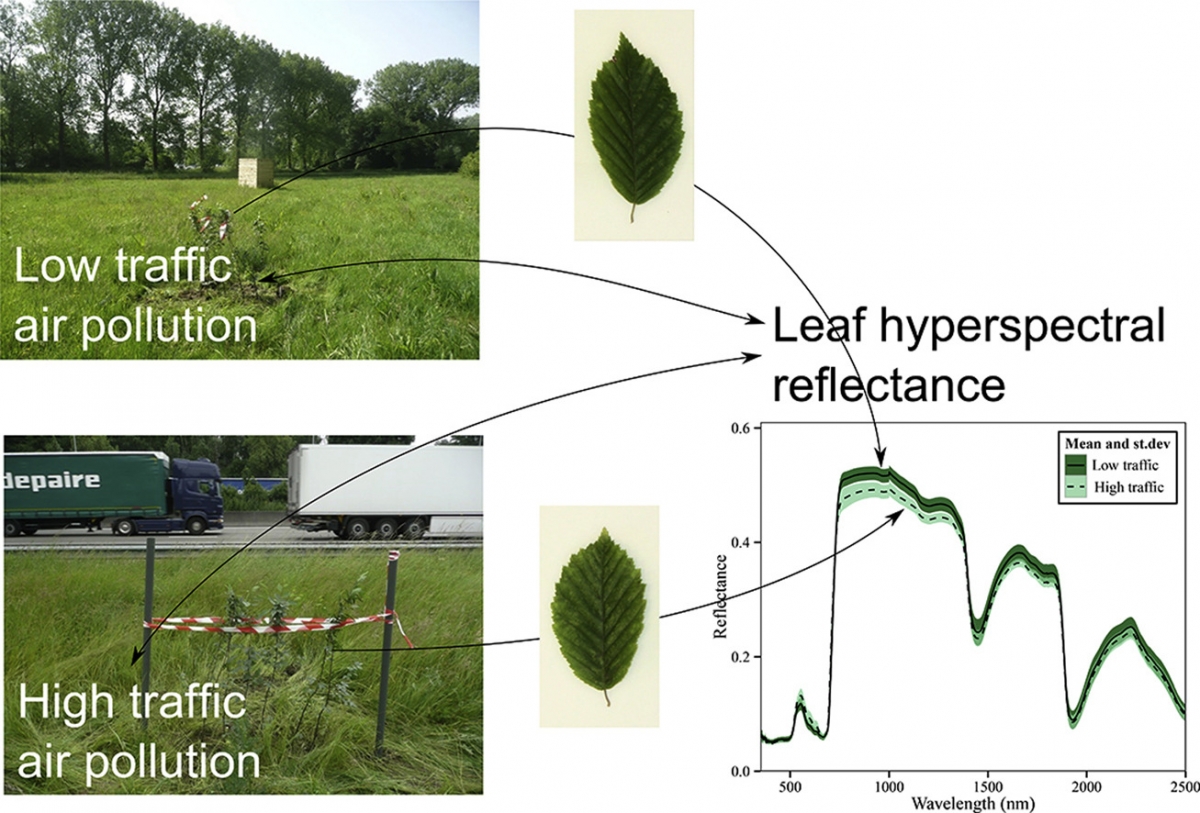Published on 6 November 2020
Nearly 75% of the European population lives in urban areas and a large part of this population is chronically exposed to episodes where air pollutant concentrations in the air exceed the set standards.
Air pollution in urban areas increases the risk of acute and chronic respiratory diseases, as well as cardiovascular diseases. According to the WHO, air pollution is responsible for the deaths of 7 million people worldwide each year.
Reducing urban pollution, especially fine particulate matter, would therefore save lives and minimise both health and economic costs. However, the implementation of policies to improve air quality and the taking of appropriate decisions on urban management can only be done after analysing the situation at the local level.
In order to carry out reliable risk assessments, it is essential to have a detailed overview of the spatial and temporal distribution of air pollution in the city.
When trees becomes monitoring stations
Although conventional air quality monitoring stations are constantly being improved and expanded, they provide only coarse, point-in-time information on the actual exposure of the population to air pollutants.
New innovative alternative techniques are therefore being developed in this field of monitoring and modelling urban air pollution at high spatial resolution. This is the case, for example, of biomonitoring using urban vegetation, coupled with remote sensing techniques.
 |
 |
And leafs, transmitters
Trees growing in cities are often subject to stress due to lack of root space, shortage of water and nutrient availability, reduction of sunshine and exposure to air pollution.
In response to this environmental stress, the tree tries to resist and its leaves can adapt their physiology and even morphology to environmental stress in aim to pursue optimal performance. These stress induced leaf changes can be detected using remote sensing techniques, more specifically by measuring hyperspectral leaf reflectance and leaf chlorophyll fluorescence.

Example of a fluorescence product (SIF: solar-induced chlorophyll fluorescence) obtained by HyPlant, a high performance airborne imaging spectrometer for vegetation monitoring. This image was acquired south of Julich, Germany, on 26 June 2018, at an altitude of 1800m. The wavelength studied is 751 nm and the pixel resolution is 2.65m.
This fluorescence, a faint radiation of wavelengths between red and near infrared, is generally neglected because it is overwhelmed by the reflection of sunlight on plants. Techniques for detecting this weak signal have been refined and fluorescence can now be measured by specific sensors, which allows us to detect stress in plants.
HYPERCITY, a project to breath better
The STEREO project HYPERCITY (HYPERspectral biomonitoring: air quality and the CITY) explores the potential of hyperspectral reflectance and chlorophyll fluorescence to act as indicators of air quality, both on leaf and canopy level.
Two study areas were selected to cover different land use classes: Antwerp, located in a mild maritime climate and Valencia (Spain) located in a Mediterranean climate regime.

monitoring campaign in Valencia
The objective of the project is therefore to develop, test and validate a passive plant biomonitoring methodology based on hyperspectral observations.

Exposure to air pollution can alter the physiology and anatomy of leaves in a way that also changes the dorsiventral asymmetry of the leaves (i.e. structural heterogeneity between the upper and lower surface of the leaf) and the fluorescence of chlorophyll. In the HYPERCITY project, this asymmetry is also taken into account as a promising indicator of pollution.
The spectral indices are the result of mathematical operations applied to numerical values recorded in different spectral bands. The project team, which brings together researchers from the universities of Antwerp, Hasselt and Valencia, has been able to develop indices that allow us to distinguish vegetation in function of the local pollution level.
Each tree thus potentially becomes a monitoring station and urban vegetation a tool for mapping air quality.
More information
STEREO project HYPERCITY (Hyperspectral biomonitoring: air quality and the city)